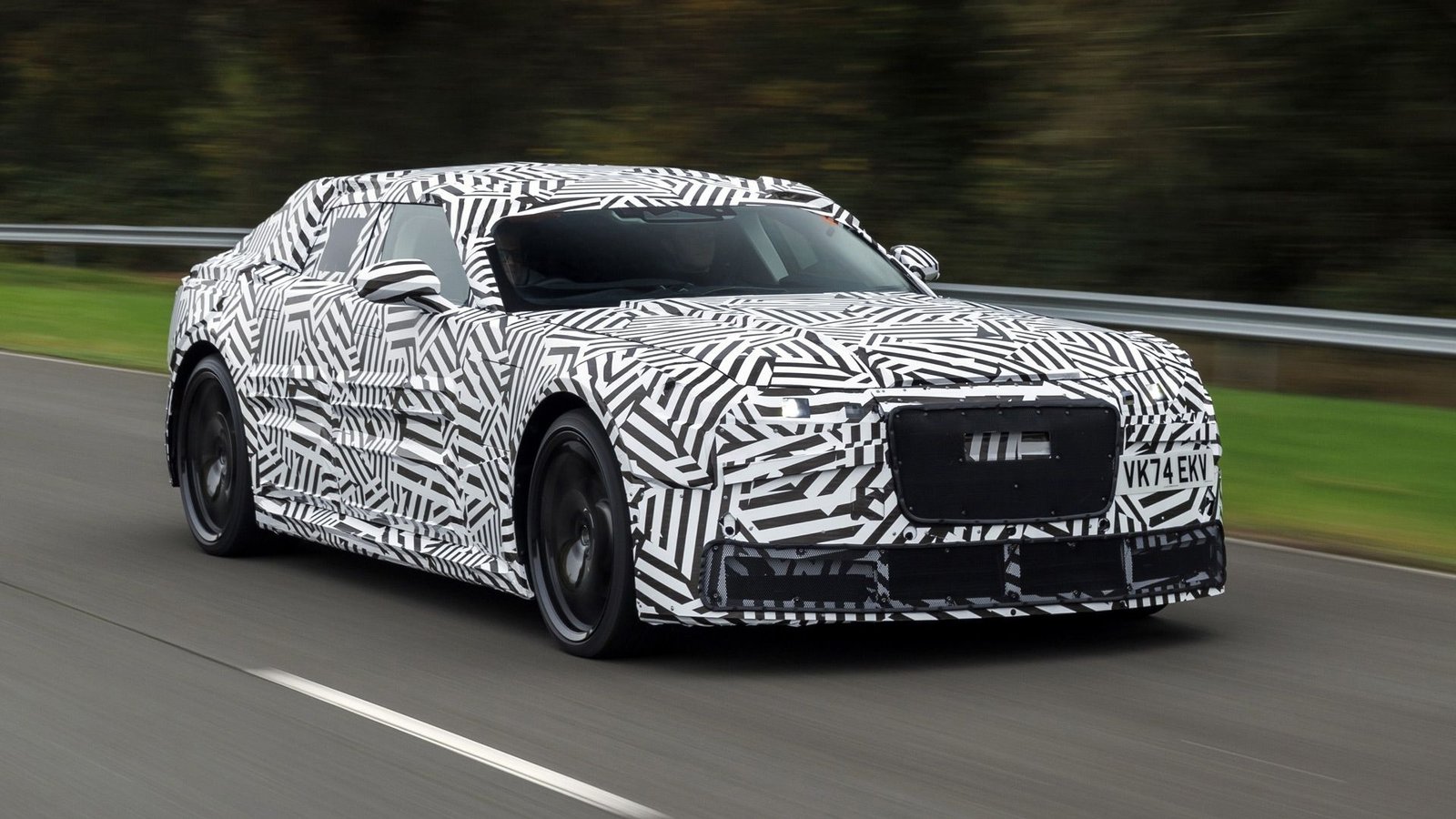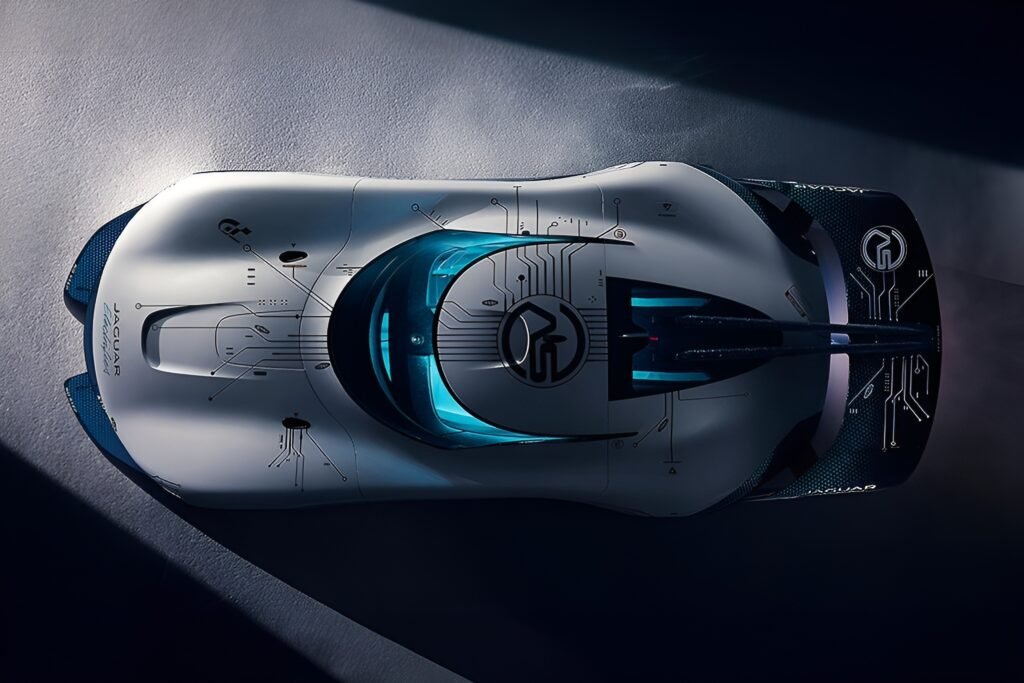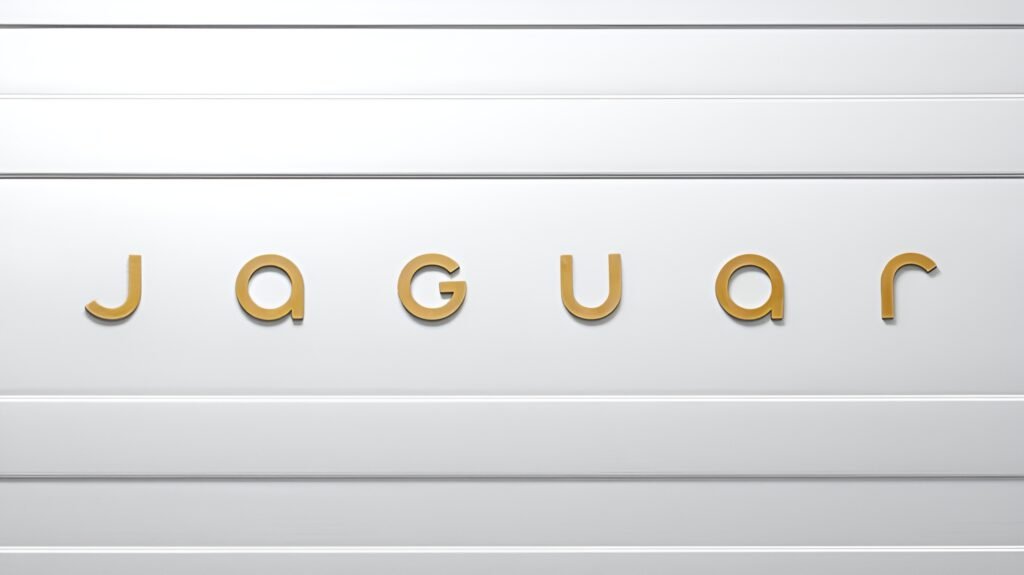
Jaguar Rebrand: A Bold Leap into an All-Electric Luxury Future
Jaguar, the iconic British automaker known for its sleek designs and high-performance vehicles, is undergoing a transformative rebrand that sets the stage for an all-electric future. By redefining its identity, they aim to reclaim its position as a leader in the luxury automotive market, embracing sustainability and innovation.
From a revamped logo to a commitment to electric vehicles, this rebrand represents not just a change in image but a complete overhaul of the company’s vision. Here’s an in-depth look at their ambitious plans and their implications for the automotive industry.
Jaguar’s All-Electric Vision
At the heart of Jaguar’s rebrand is its commitment to becoming an all-electric brand by 2025. This move reflects the company’s alignment with global trends toward greener, more sustainable transportation. It plans to phase out its internal combustion engine (ICE) vehicles entirely, making way for a portfolio of luxury electric vehicles (EVs) that embody performance, design, and sustainability.
The New Electric Lineup

Jaguar has teased three upcoming electric models, starting with a high-performance GT set to debut in 2026.
- Performance Highlights: The GT model is expected to deliver approximately 430 miles of range per charge.
- Price Point: Estimated at around £100,000, this flagship vehicle places them firmly in competition with luxury EVs from brands like Bentley and Porsche.
- Manufacturing Plans: They will consolidate production at its Solihull plant in the UK, emphasizing quality and efficiency.
This electric transformation aligns with their pledge to reduce carbon emissions and appeal to environmentally conscious consumers.
A New Logo for a New Era
A central element of Jaguar’s rebrand is its redesigned logo, unveiled to reflect the company’s modernized vision.
Design Elements

The new logo features a stylized wordmark, “JaGUar,” blending uppercase and lowercase letters. Complementing this is the brand’s iconic “leaper” emblem, updated with sleek lines and minimalist detailing.
Symbolism and Purpose
- Modern Aesthetic: The redesigned logo captures Jaguar’s futuristic aspirations while maintaining ties to its heritage.
- Brand Evolution: It signals a departure from the past and an embrace of the electric, sustainable future they envision.
While the updated design has drawn mixed reactions, it undeniably marks a significant shift in the brand’s identity.
Strategic Repositioning in the Luxury Market
Jaguar’s rebranding strategy goes beyond aesthetics and vehicle offerings—it’s about redefining its place in the automotive world.
Shifting to Ultra-Luxury
To compete with brands like Bentley and Porsche, Jaguar is repositioning itself as a premier luxury automaker. By focusing on limited production of high-end electric vehicles, the company aims to create a niche identity that blends exclusivity with cutting-edge technology.
Ceasing Traditional Sales
As part of this repositioning, Jaguar will stop selling its current petrol and diesel vehicles in UK dealerships starting November 2024. This “fire break” strategy is intended to reset customer and dealer expectations, creating space for the launch of its new electric lineup.
Carbon Neutral Goals
Jaguar has committed to achieving carbon neutrality across its supply chain, products, and operations by 2039. The move to an all-electric lineup is a cornerstone of this strategy, reducing emissions and aligning with stricter environmental regulations worldwide.
Focus on Innovation
The company’s investment in EV technology positions it as a forward-thinking player in the automotive industry. This includes advanced battery technology, lightweight materials, and sustainable manufacturing practices.
Public and Industry Reactions
Jaguars rebrand has sparked both excitement and skepticism.
Support from Fans and Analysts
Many applaud Jaguar’s bold commitment to sustainability and its willingness to embrace change in a rapidly evolving industry. The focus on luxury electric vehicles resonates with a growing market segment that values eco-friendly, high-performance cars.
Criticism of the New Logo
The redesigned logo has divided opinion. While some view it as a fresh take that aligns with the brand’s future, others argue it lacks the sophistication expected of a luxury automaker.
Industry Impact
Jaguars rebrand could inspire similar transformations among legacy automakers, accelerating the industry’s shift toward electrification and sustainability.
Challenges Ahead for Jaguar
While the rebrand is ambitious, Jaguar faces several challenges:
- Competition: They must contend with established luxury EV players like Tesla, Porsche, and Mercedes-Benz.
- Market Perception: Repositioning as an ultra-luxury brand requires overcoming past associations and building a new identity.
- Execution Risks: Transitioning to an all-electric lineup involves significant investment in technology, infrastructure, and marketing.
What Jaguar’s Rebrand Means for the Future
Jaguars rebrand marks a turning point for the company and the automotive industry as a whole. By prioritizing electric mobility, redefining its identity, and targeting the luxury market, they are positioning themselves as a leader in the next generation of transportation.
While the road ahead is challenging, Jaguar’s bold vision and commitment to innovation could secure its place in an increasingly competitive landscape. As the first models of its electric lineup hit the market, all eyes will be on them to see if they can deliver on their ambitious promises.
Conclusion
Rebranding is a bold leap toward the future, redefining its identity in an era of electrification and sustainability. With a clear vision, innovative designs, and a commitment to luxury, Jaguar is poised to leave a lasting mark on the automotive world.
Top 10 Electric Cars to Watch in 2025 , The Future of Sustainable Luxury Vehicles
Do Follow for More News: Dailyforesight



